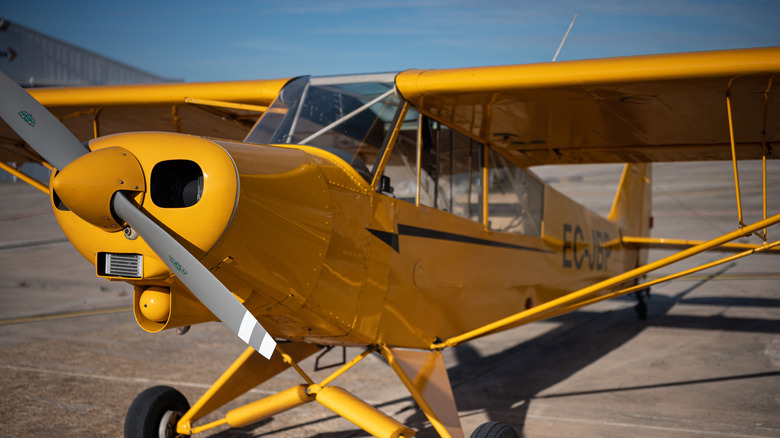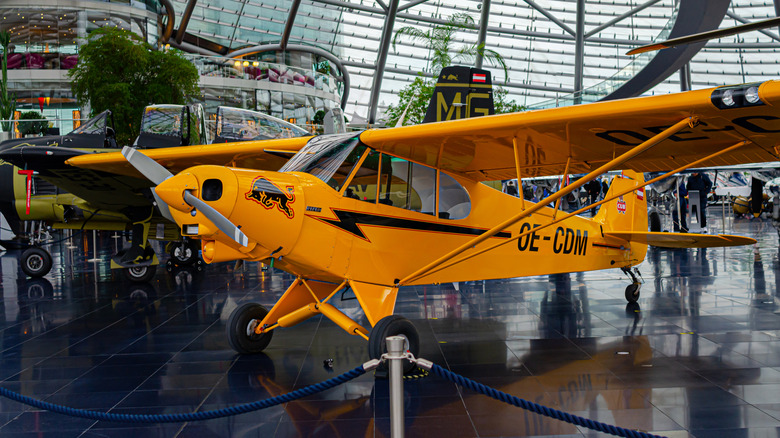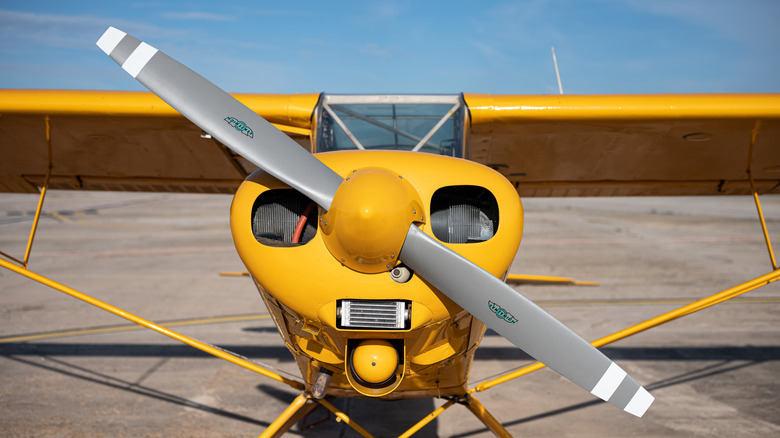In the aviation industry, innovation is usually the name of the game. Think of the last 86 years and how the jet engine has evolved, allowing folks to traverse to the other side of the planet in hours. Today’s world is filled with innovative aircraft and aircraft parts, from the all-powerful F-35 — still widely regarded as one of the most advanced fighter jets to date – to the impressive Boeing 777X, which may not be available yet but is already turning heads with features like its folding wingtips, and the GE9X engine, which is the largest commercial jet engine ever built.
Advertisement
Many agree that new is always better, and this logic usually proves correct in most scenarios. Yet, you cannot deny that some old tech can transcend the limits of time itself, standing tall even after decades have passed. This is true for the Lycoming O-320 series of engines, airplane engines so powerful that they are still in use today despite being 70 years old. Let’s discuss.
Lycoming introduced the O-320 in the late 1950s
When it comes to airplane engines, most people are familiar with either turbofans or propeller engines, which is understandable as these are among the most common today. The Lycoming O-320 series falls under the latter, described as a four-cylinder, air-cooled, horizontally opposed, direct-drive piston engine found on light aircraft. The first 0-320 series was built toward the end of the ’50s, with Lycoming Engines introducing it as a more powerful variant of its O-235 and O-290 engines.
Advertisement
Rated between 150 and 160 horsepower at 2,700 revolutions per minute (RPM), the engine features a 320-cubic-inch displacement with a bore and stroke of 5.125 inches by 3.875 inches, respectively. Depending on the model, the engine’s compression ratio is either 8.50:1 or 7.00:1, with the overall dry weight at 244 pounds. Over the past seven decades, this engine has demonstrated reliability, durability, and power, along with a maintenance simplicity that has allowed it to cement itself among the greats.
It’s all in the engine’s design
The Lycoming O-320 has several features that make it stand out among its peers. One aspect is its magneto ignition system, which features a self-contained engine-driven alternating current generator powered by a permanent magnet. When the engine rotates the magnet, it generates electrical power to ignite its spark plugs, eliminating the need for external power. Second is the engine’s direct drive, which sees the entire motor connected at the front of the crankshaft, allowing the engine and propeller to rotate at about the same speed. This straightforward design minimizes power loss while improving reliability.
Advertisement
Alongside these two designs is the horizontally opposed configuration, where its four cylinders are placed horizontally in two banks that face each other. The design gives the engine a lower profile, allowing for efficient cooling and improved aerodynamic performance. Lastly, the engine is cooled by air pressure thanks to baffles that create a region of pressure where air passes through before heading to the cylinder fins.
Over the years, the Lycoming O-320 has powered several planes, including the Piper PA-18 Super Cub and PA-28 Cherokee, Grumman’s American AA-5, and the Cessna 172 Skyhawk. Though not counted among our most revolutionary engines that changed aviation forever, the engine has undeniably proven to be a heavyweight champion.
Advertisement








